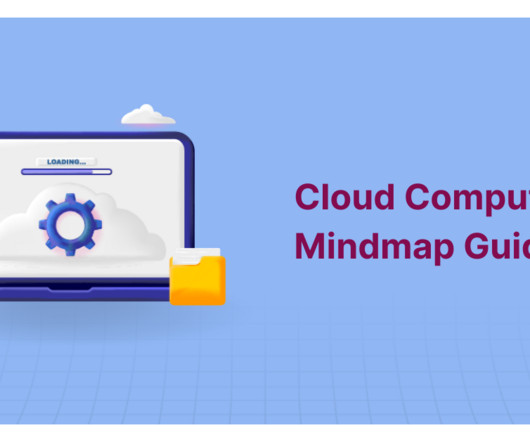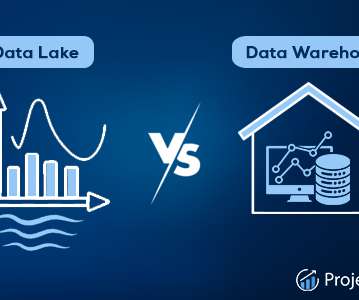Top 10 Data Science Websites to learn More
Knowledge Hut
FEBRUARY 29, 2024
A database is a structured data collection that is stored and accessed electronically. File systems can store small datasets, while computer clusters or cloud storage keeps larger datasets. According to a database model, the organization of data is known as database design.






















Let's personalize your content